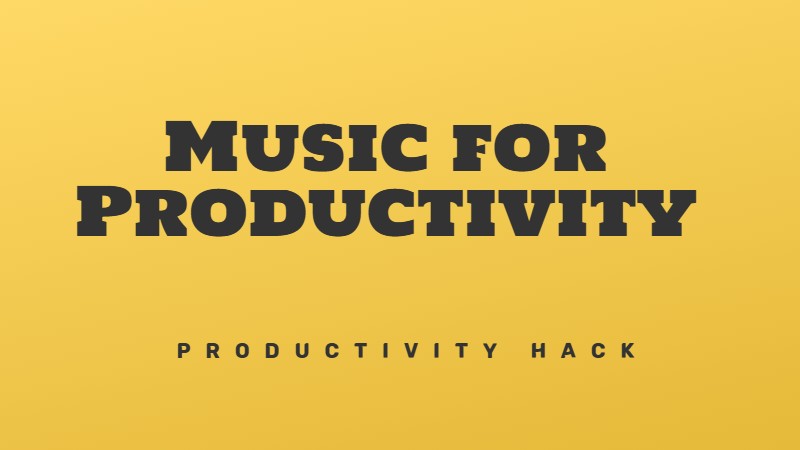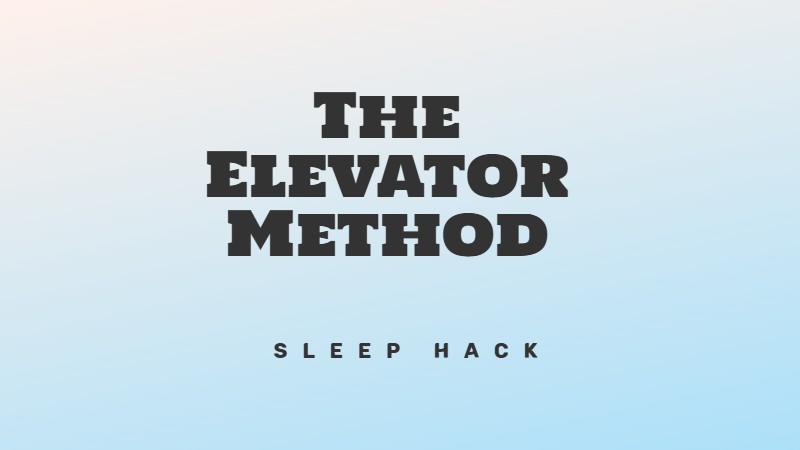Last month, I watched Lisa turn pale when she opened her student loan statement.
“I’ve been avoiding this for three years,” she admitted, staring at the balance that had grown while she pretended it didn’t exist.
Her avoidance wasn’t random. The statement was overwhelming (Difficult), contained financial terms she didn’t understand (Unclear), carried serious consequences for her future (Scary), and dealing with it meant hours of paperwork (Tedious).
This pattern shows up everywhere in our lives. The emails we don’t answer, the doctor appointments we don’t make, the conversations we don’t have. We blame ourselves for lacking discipline when the real problem is much more specific.
Procrastination has four distinct causes, and each one needs its own solution.
Why your tasks stay unfinished
Do you put off important tasks until the last minute? You’re not alone. I spent years pushing off my taxes until I had no choice but to file for extensions. This pattern left me with less than two months of mental peace each year.
Then everything changed when I discovered what truly causes procrastination.
The truth about why we procrastinate
Procrastination isn’t about laziness—it’s about specific task qualities that make us avoid work. The DUST method identifies four main reasons we put things off:
Most procrastination triggers stem from at least one of these factors. My tax nightmare hit all four simultaneously, creating the perfect storm of procrastination.
How I broke my 10-year pattern
After a decade of tax-related stress, I finally tackled the problem head-on. Here’s what worked:
1. Break down big tasks into tiny steps
I split my tax preparation into ridiculously small tasks over several weeks. Instead of “do taxes” (overwhelming), I started with “list which bank statements I need” (manageable).
Each mini-task took less than 10 minutes. This approach built momentum—small wins added up to major progress.
2. Add joy to boring tasks
I paired tax work with loud, energetic music. The contrast made tedious work bearable. Find what brings you joy—podcasts, favourite snacks, or working in a new location—and link it to your dreaded tasks.
3. Get expert help when needed
For truly complex tasks, sometimes the best solution is to find someone who knows more than you. I hired an accountant who solved my problems faster and more accurately than I could alone.
Bonus: This cost less than the tax software I had been using!
Find your personal procrastination pattern
Which DUST factor hits you hardest? For me, tedium is my biggest enemy. I combat this by asking: “How can I make this more fun?”
You might need different questions based on your pattern:
For Difficult tasks:
For Unclear tasks:
For Scary tasks:
For Tedious tasks:
Your action plan
The simple act of understanding why you procrastinate makes it much easier to take action. Once you know what stops you, you can build strategies around these obstacles.
What task will you tackle first?




Deixe comentários sobre isso